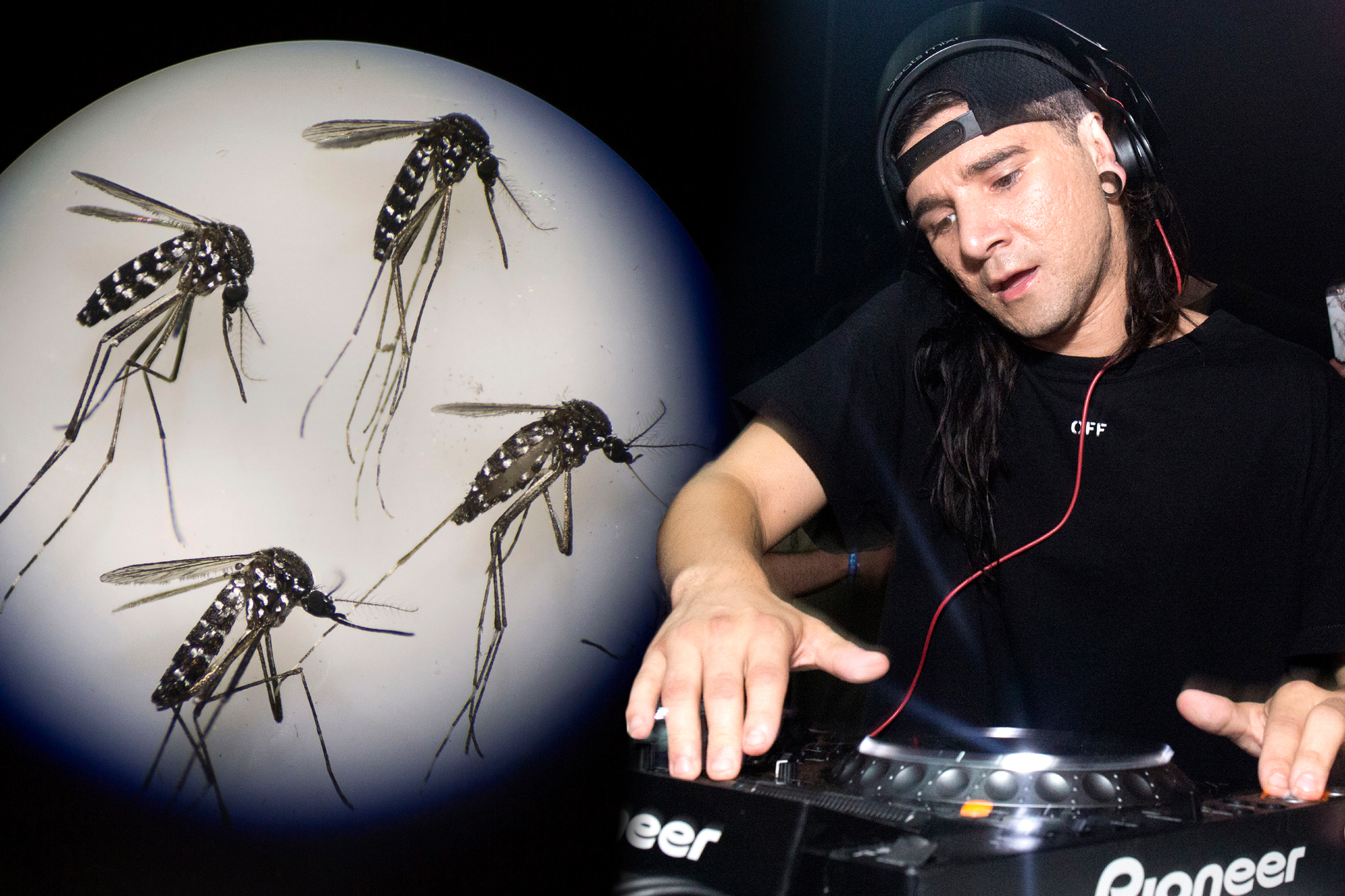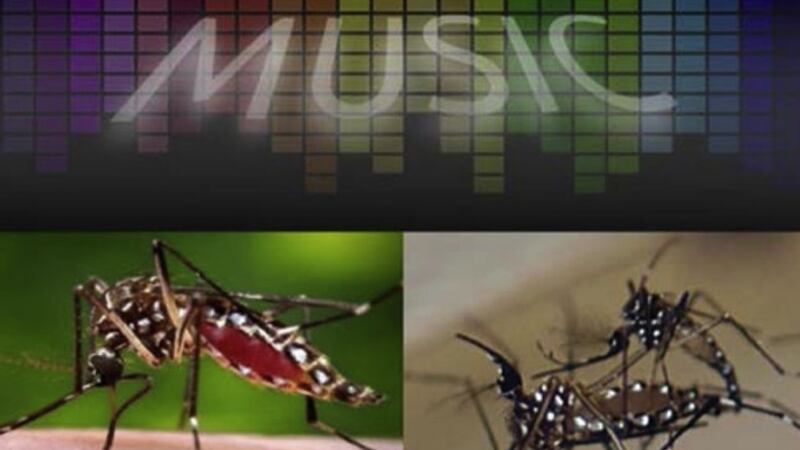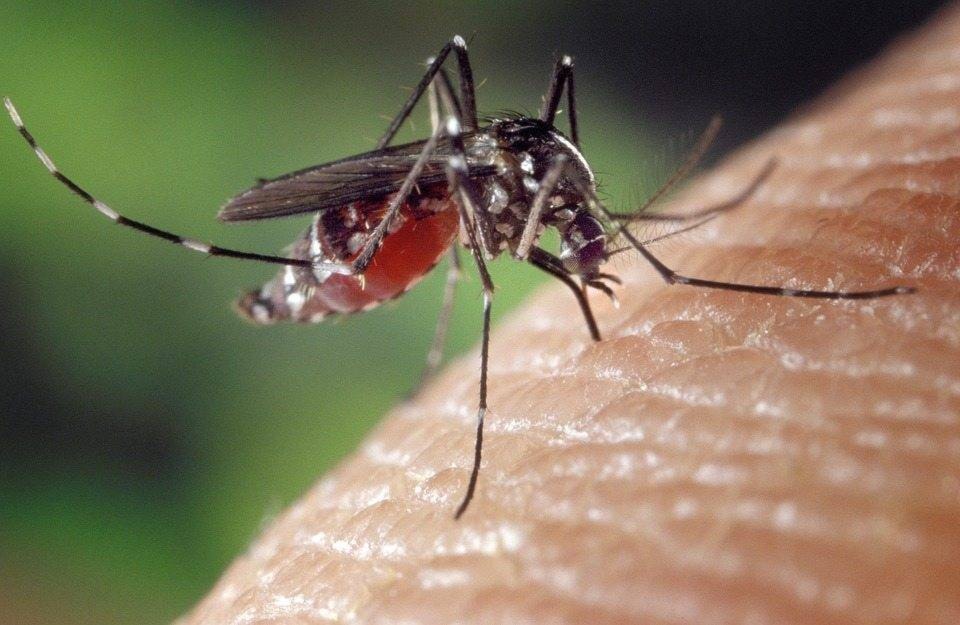From Dance Floor to Public Health: How Dubstep Is Saving Lives

In a discovery that blends music, science, and survival, researchers have found that dubstep may do more than shake dance floors—it might just save lives. A study revealed that Skrillex’s track “Scary Monsters and Nice Sprites” disrupts two vital mosquito behaviors: feeding and mating.

When the insects were exposed to the song’s intense bass drops and erratic rhythms, they became disoriented. Their blood-feeding activity significantly slowed, and their mating frequency declined dramatically. For an insect responsible for transmitting malaria, dengue, and Zika—diseases that claim hundreds of thousands of lives each year—this disruption is no small matter.

Mosquitoes rely heavily on rhythmic cues for communication and reproduction. The chaotic structure of dubstep seems to interfere with these patterns, confusing the insects and dulling their usual drive to feed or breed. Unlike chemical repellents, which often lose effectiveness due to resistance, sound-based interventions could provide a safer and innovative alternative.

The idea of blasting Skrillex across mosquito-prone regions may sound absurd, yet it highlights a deeper truth: nature responds to frequencies. By understanding how sound interacts with biology, scientists may design new non-invasive tools to reduce mosquito populations and disease spread. For now, the experiment stands as a fascinating reminder of how culture and science intersect in unexpected ways. Skrillex, once credited with pioneering electronic chaos, now holds an unlikely distinction: helping humanity by disrupting one of the deadliest creatures on Earth—mosquitoes.











